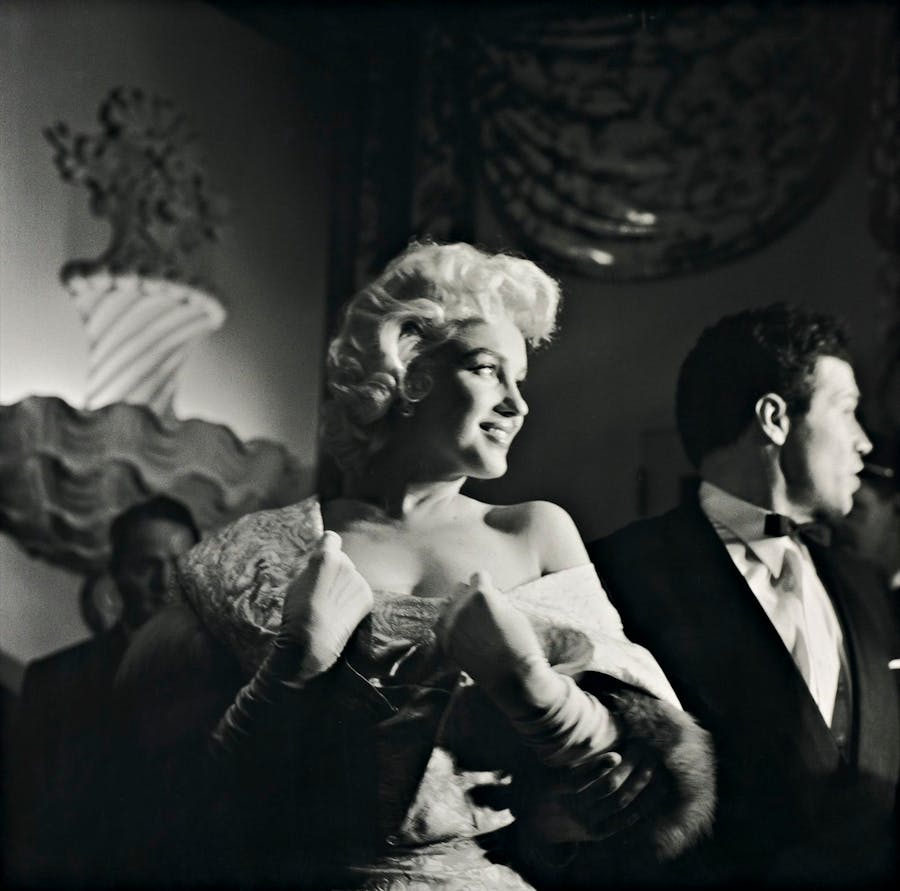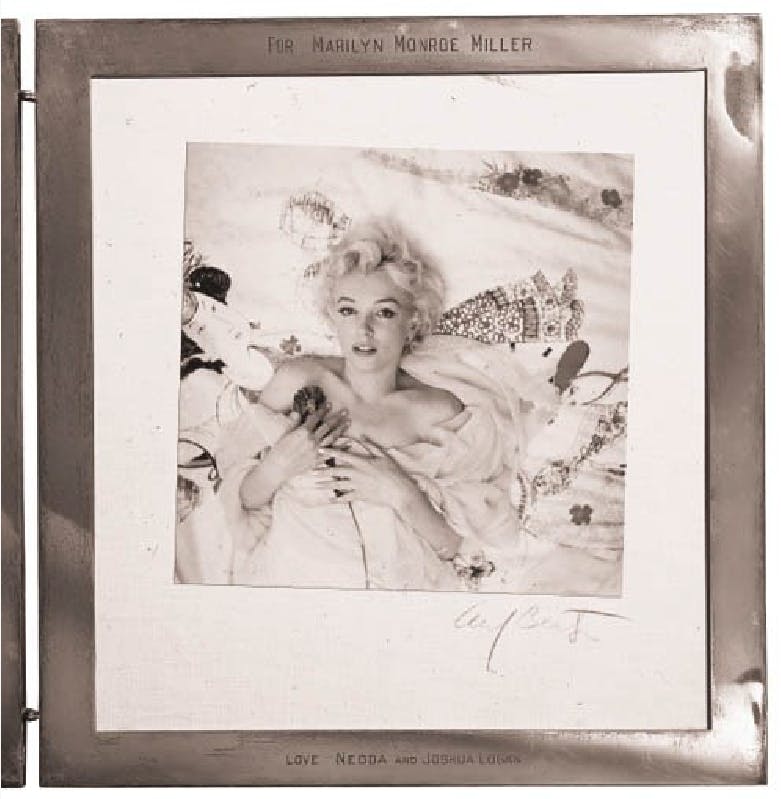Marilyn Monroe and the Camera: A Love Story
On the night of August 4, 1962, Marilyn Monroe passed away under circumstances that were never fully understood. What there is no doubt about is the fact that she had one of the most photogenic – and photographed – faces of all time.
Marilyn Monroe was one of the most photographed people in the world. Her film studio staged her for glamorous commercials, paparazzi followed her even in her darkest hours and many of the most famous photographers of the time were impressed by her talent and charisma. Even today, Monroe’s likeness adorns a wide variety of objects and her photos fetch high prices on the auction market. Here, we’ve put together ten of her most beautiful photos that have been auctioned in recent years.

Marilyn Monroe loved the camera and the camera loved Marilyn Monroe – specifically the photo camera and not the film camera, which she often had problems moving in front of (even if the results were always stunning in the end). She considered her acting talent to be insufficient, which was expressed in her chronic lack of punctuality, driving directors and colleagues on film sets to despair. The fact that the film studios created the ultimate sex symbol due to her sensational appearance, which is beautiful, but also a bit dim, has certainly contributed to this.

Related: Feminism Captured: 9 Historic Photographs
To combat this, Marilyn was an avid reader who also had herself repeatedly photographed while busy reading. This was unusual for a time when a woman rarely wanted to be viewed as intellectual.

Related: The Fascinating Market for Celebrity Hair
The first professional snaps of Marilyn, then Norma Jean Doughtery (née Mortenson), were taken in 1944 during her first marriage, aged 18. While her husband James fought in World War II, Norma Jeane worked in an armaments factory. She was photographed at work for the weekly army magazine YANK. A year later, she was signed to a Hollywood modeling agency.

Marilyn Monroe, as the then divorced Norma Jeane soon called herself, had soon internalized a game with the camera. She knew how to put on make-up and which light flattered her the most, and at the end of a photo shoot, she purposefully selected the photos that she liked and that should be published. After her death, one or other photographers threw Monroe’s selection to the wind and published the photos she had rejected. This included photos from her famous Last Sitting with Bert Stern, which she had crossed out with red nail polish.

Related: The Female Look: 11 Women Who Changed Photography
The many photographers Monroe worked with throughout her life praised her for her professionalism in front of the camera. She was aware of its effect and knew how to use it properly for a successful photo. For the camera – and the public eye – she normally presented herself as the fictional character she had created: Marilyn Monroe. The photographer László Willinger said of this phenomenon: “When she saw a camera, any camera, she lit up and was totally different. The moment the shot was over, she fell back into her not very interesting position.”

Related: The 11 Most Expensive Photographers
Richard Avedon, who photographed Marilyn in New York in May 1957, also observed this phenomenon. After posing for hours in her ‘Marilyn costume’ and flirting with the camera, she practically collapsed. After asking for her permission, Avedon took this shot of a disaffected goddess.

How little concern Monroe had to worry about her innate acting talent was shown not least by these photos Ben Ross made of her in November 1953. Dressed casually, Monroe only needed her breathtaking face, with which she could demand the desired emotion at the push of a button.

The most important photographer in Monroe’s life was Milton Greene, whom she met in 1953 when he photographed her for a magazine. A real friendship developed between the two and Greene supported Monroe in her attempt to break free from her slavish contract with Twentieth Century Fox, which kept her cast for roles that showed her as a dim-witted blonde. Monroe turned her back on Hollywood and went to New York. She lived at Milton and Amy Greene's Connecticut home, and she and the photographer founded Marilyn Monroe Productions – a visionary move for an actress of the day.
Related: Surreal Glamour: The Photography of Angus McBean
Monroe used the time in New York, in which she enjoyed walking the streets unrecognized, to improve her acting. Although already a world star, she went to school again and attended the Actors Studio of Lee Strasberg, who taught method acting, proposing actors fall back on personal experience for their performances. For a natural like Monroe, who by nature was also very insecure, this maybe wasn’t the most suitable method.

Related: The Iconic Shades of Elvis
After putting pressure on her film studio, Monroe returned to Hollywood in triumph and received better roles. With Greene, she only realized a single joint film project, after which their relationship cooled down until it finally came to a final break. Greene photographed Monroe in various photos throughout the course of their friendship. The Black Sitting, which emerged at the beginning of 1956, is widely considered their best collaboration.

This photo was taken at the same time, which Monroe purportedly said was her favorite photo of herself and which she used for her autograph cards. The picture was taken by photographer Cecil Beaton, who, like most of his colleagues, was impressed by Monroe’s naturalness and changeability in front of the camera.
Monroe received a copy of the recording from director Joshua Logan with whom she shot Bus Stop (1956). It was framed in a triptych that contained Beaton's written memories of the photo session with Monroe, which read, in part: “But the real marvel is the paradox – somehow we know that this extraordinary performance is pure charade, a little girl’s caricature of Mae West. The puzzling truth is that Miss Monroe is a make-believe siren, unsophisticated as a Rhine maiden, innocent as a sleepwalker. She is an urchin pretending to be grown-up, having the time of her life in mother’s moth-eaten finery, tottering about in high-heeled shoes and sipping ginger ale as though it were a champagne cocktail. There is an otherworldly, a winsome naiveté about the child’s eyes…”


